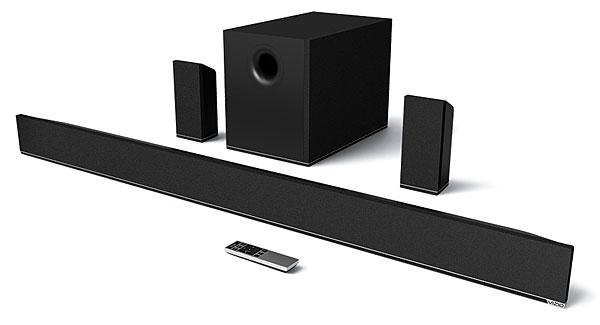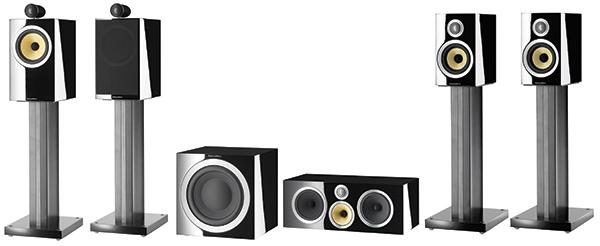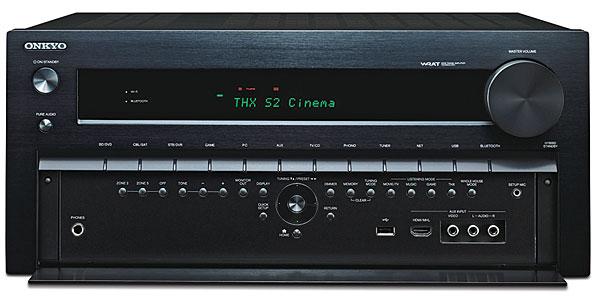Daniel Kumin
|
Nov 19, 2014
|
Sep 26, 2014
|
Sep 08, 2014
|
Jul 03, 2014 |
Published: Jul 02, 2014















